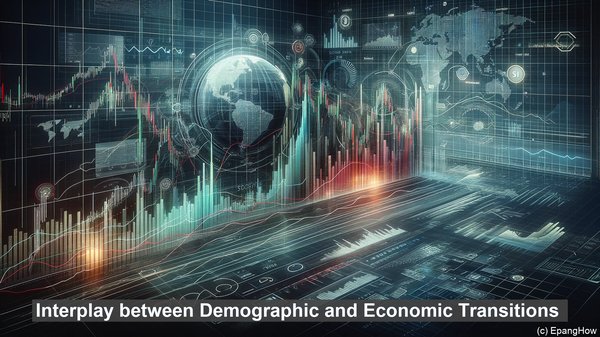Introduction: The Significance of Transitions
Greetings, audience! Transitions are pivotal moments in any society’s trajectory. Today, we’ll explore two distinct yet interconnected transitions: demographic and economic. While demographic transition focuses on population dynamics, economic transition pertains to shifts in a nation’s economic structure. Let’s dive in!

Demographic Transition: Unraveling Population Changes
Demographic transition refers to the long-term alteration in birth and death rates, leading to population growth or decline. It encompasses four stages: high stationary, early expanding, late expanding, and low stationary. Each stage is characterized by specific factors, such as birth rates, mortality, and life expectancy. Demographic transition is often associated with societal changes, including urbanization and improved healthcare.
Economic Transition: The Evolution of Economies
On the other hand, economic transition focuses on the transformation of an economy from one form to another. It can involve shifts from an agrarian to an industrial or service-based economy. Economic transitions are often driven by technological advancements, changes in market demands, or government policies. These transitions can have wide-ranging impacts on employment patterns, income distribution, and overall economic development.

Interplay between Demographic and Economic Transitions
While demographic and economic transitions are distinct, they are closely intertwined. For instance, economic transitions can influence demographic patterns. As economies industrialize, there is often a decline in birth rates due to factors like increased education and urbanization. Similarly, demographic changes, such as an aging population, can impact the labor market and require economic adaptations. Understanding this interplay is crucial for policymakers and planners.
